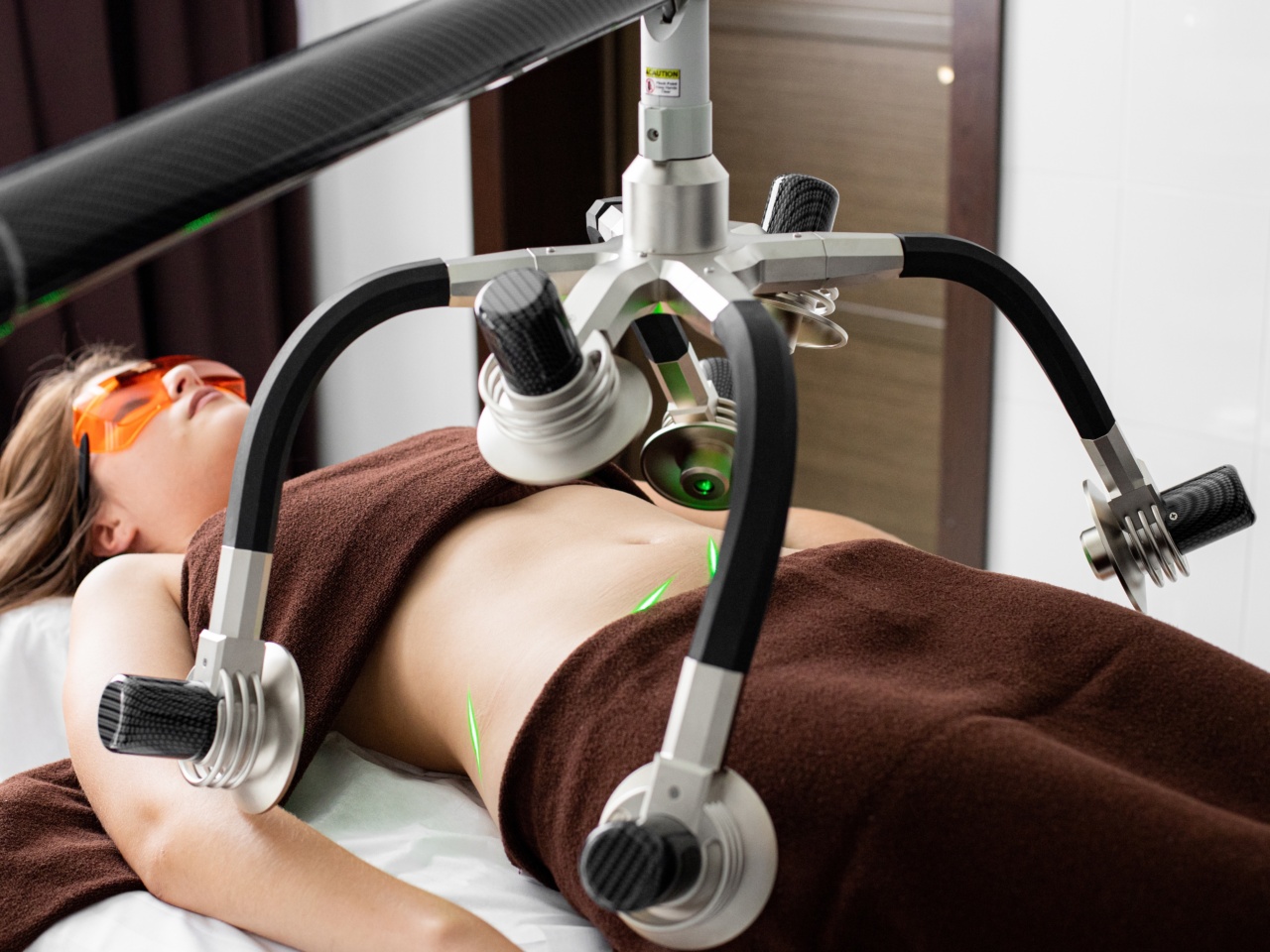Varicose veins are a common condition that affects millions of people worldwide. These enlarged and twisted veins usually appear on the legs and can be unsightly and painful.
While varicose veins are often considered a cosmetic issue, they can also lead to more serious complications if left untreated. Fortunately, there have been significant advancements in medical treatments, including revolutionary laser and Venetian therapy, which provide effective solutions for managing varicose veins.
Understanding Varicose Veins
Varicose veins occur when the valves in the veins become weak or damaged, resulting in blood pooling in the veins and causing them to stretch and enlarge.
While the exact cause of varicose veins is not always clear, certain risk factors increase the likelihood of developing this condition, including:.
- Age – Vein elasticity naturally decreases with age, making older people more prone to varicose veins.
- Genetics – A family history of varicose veins increases the chances of developing them.
- Gender – Women are more likely to develop varicose veins, mainly due to hormonal changes during pregnancy and menopause.
- Prolonged Sitting or Standing – Occupations that require long periods of sitting or standing can contribute to the development of varicose veins.
- Obesity – Excess weight puts additional pressure on the veins, increasing the risk of varicose veins.
Symptoms of Varicose Veins
The symptoms of varicose veins can vary from mild to severe and may include:.
- Visible enlarged and twisted veins that are bluish-purple in color
- Aching, throbbing, or pain in the affected area
- Swelling and heaviness in the legs
- Burning or itching sensations
- Cramps or restless legs
- Discomfort worsened after sitting or standing for long periods
Treatment Options for Varicose Veins
There are various treatment options available to manage varicose veins, depending on the severity and individual circumstances. These can range from lifestyle changes to surgical interventions. Here are some common treatment options:.
Lifestyle Changes
For individuals with mild varicose veins, certain lifestyle modifications can help alleviate symptoms and slow down the progression of the condition. These changes may include:.
- Regular exercise to improve circulation and strengthen leg muscles
- Weight loss, if overweight
- Elevating the legs when resting or sleeping
- Avoiding prolonged periods of sitting or standing
- Wearing compression stockings to promote blood flow
Sclerotherapy
Sclerotherapy is a popular non-surgical treatment option for varicose veins. It involves injecting a chemical solution into the affected veins, causing them to collapse and fade over time.
Sclerotherapy is typically performed on an outpatient basis and may require multiple sessions for optimal results.
Endovenous Laser Ablation (EVLA)
Endovenous Laser Ablation (EVLA), also known as endovenous laser treatment (EVLT), is a revolutionary procedure used to treat larger varicose veins.
During this minimally invasive procedure, a laser fiber is inserted into the affected vein, which delivers laser energy, causing the vein to collapse and seal shut. Blood flow is redirected to healthier veins, and the treated vein eventually gets reabsorbed by the body. EVLA offers high success rates and fast recovery time, making it an increasingly preferred option.
Radiofrequency Ablation (RFA)
Radiofrequency Ablation (RFA) is a similar procedure to EVLA but uses radiofrequency energy instead of laser energy. The heat generated by the radiofrequency energy causes the vein to close off and eventually disappear.
RFA is a minimally invasive treatment option that offers less pain and quicker recovery compared to traditional surgical interventions.
Venetian Therapy: A Unique Approach to Varicose Vein Treatment
Venetian therapy is a relatively new technique that combines principles from traditional Venetian stucco decoration and medical science to treat varicose veins.
This innovative therapy involves using a special compound made from natural ingredients, which is applied to the affected veins with precise movements. The compound interacts with the veins, causing them to contract and restore proper blood circulation. Venetian therapy is non-invasive, painless, and has shown promising results, particularly for smaller varicose veins.
Post-Treatment Care and Follow-Up
Regardless of the chosen treatment option, post-treatment care is crucial to optimize results and minimize complications.
Patients should follow the instructions provided by their healthcare provider, which may include wearing compression stockings, avoiding strenuous activities, and attending follow-up appointments.
Consultation with a Vein Specialist
If you are experiencing symptoms of varicose veins or are concerned about their appearance, it is essential to consult with a qualified vein specialist.
They will assess your condition, recommend appropriate treatment options, and guide you through the process to achieve the best possible outcomes.




























